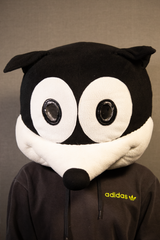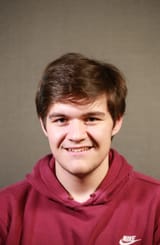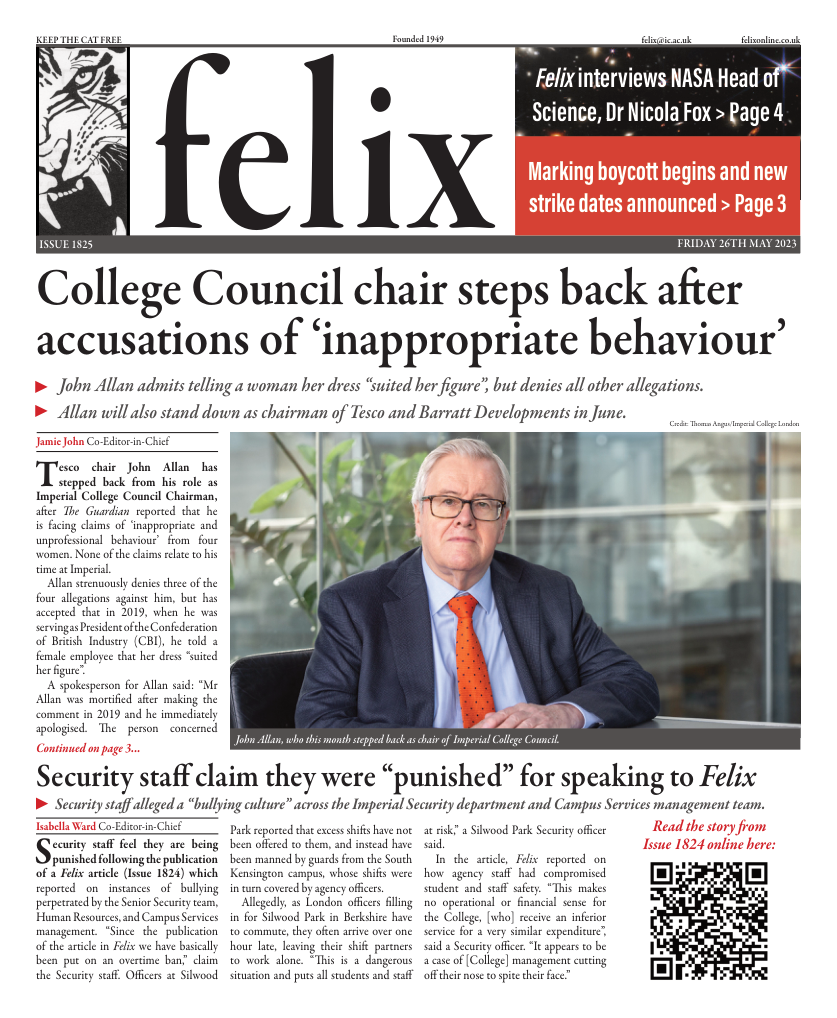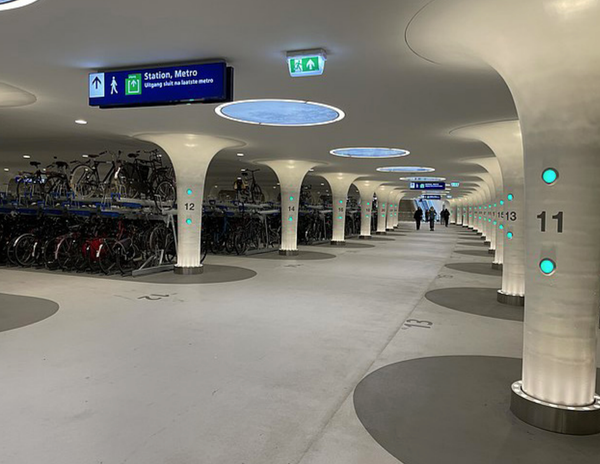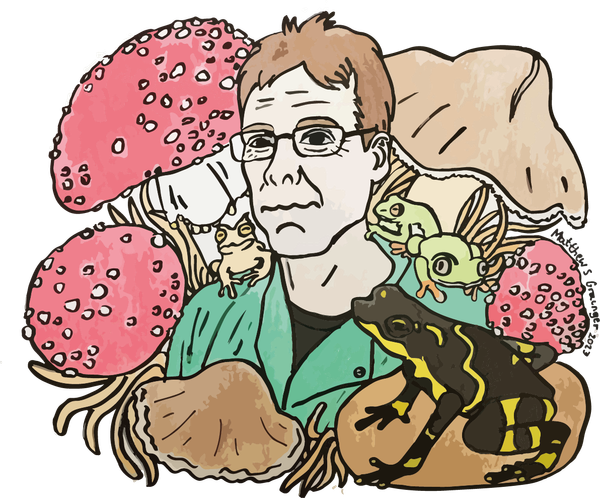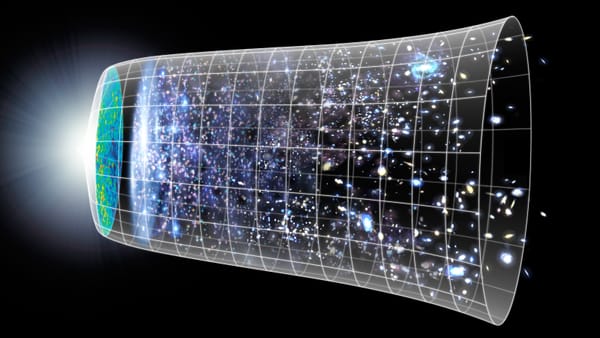Dr Nicola Fox's stratospheric rise, from Imperial undergraduate to NASA Head of Science
We sit down with Dr Nicola Fox to discuss all things NASA, space travel, and her time at Imperial
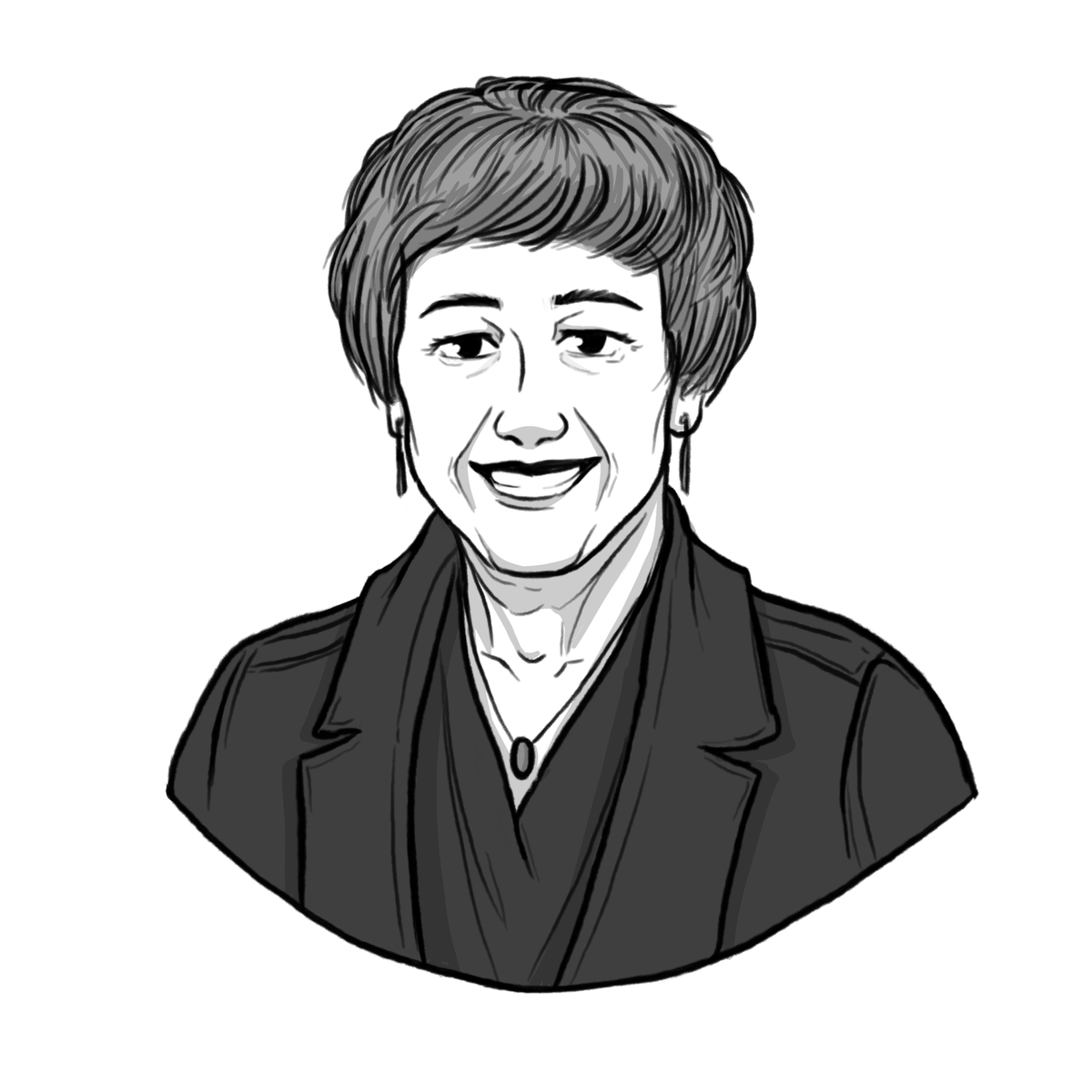
Dr Fox is extremely personable, easy to speak to, as well as extremely nice. The idea that she is Head of Science, or, to use her full title, Associate Administrator for NASA’s Science Mission Directorate, never really crossed our minds as we interviewed her, in the sense that as Physics undergrads, we would essentially be interviewing someone who was very much at the top of the Physics achievement ladder (which, as Imperial Physics students know, is a very, very big deal).
We start off by exchanging pleasantries, and discussing our Quantum Physics exam, which we were about to undertake the following morning. She smiles, telling us not to worry about Quantum Physics, and that she personally took the Practical courses (for the reader’s benefit, Taylor is on the Theoretical Stream and so will not have to do any more labs in his degree, whilst Mohammad, will still be doing labs next year). There is a sardonic tone to this exchange, a sort of insider awareness that one can assume is the sort of feeling war veterans have when they meet each other years after the war.
A new dawn at NASA: the 'second space age'
M: Obviously at NASA, there are a lot of exciting missions going on, with Artemis launching in a few years, just recently with JUICE in collaboration with the College, and of course a lot of private companies launching their own shuttles and rockets. How does it feel being the Head of Science at NASA during what is essentially the second space age?
“It’s really great. It’s really exciting. And I agree with you, it feels a lot like a second space age. We’re standing in the time before you know, it’s right before everything is going to start to reenergise. With the Artemis and the Mars missions, we just announced the crew that will fly on Artemis II and go around the Moon and have a sustained trip around space, and my job is really integrating the science into these missions - what do we want to do before we launch these missions, on the international space station, on the Orion capsule, what’s inside of it. Even in Artemis I we had a lot of biology experiments that were inside, looking at how yeast and seeds and algae and fungi react to space. So yeah, it’s very exciting.”
T: The International Space Station, which is set to be retiring soon, is known for its experiments, such as the twins experiments with Mark and Scott Kelly, testing microgravity, and BoseEinstein condensates. There are tonnes of applications possible with research like this; is this something you really want to integrate, and are there particular disciplines you want to focus on with these missions?
“So, the Science Mission directorate has five science divisions that it focuses on, obviously there is Planetary Science; Earth Science looking at our climate, studying disasters, wildfires, storms; Astrophysics; Heliophysics; which is my favourite, and the fifth one is Biological and Physical Sciences. They have the Cold Atom Lab operating at microgravity, super equipment, all the quantum stuff you guys did in your quantum physics exam – even stuff like illnesses and how you can cure them – there is a biological tie into the medical field. Really, for us it is about taking advantage of every situation to do as much science as possible.
“As we do retire the ISS to our commercial partners, there are a number of companies building commercial space stations for us to use.”
I really thought NASA wouldn't have an opportunity for someone like me
Lone star: trailblazing as a woman in STEM
M: Women in NASA have had a long and storied history, so how does it feel being a trailblazer – having been in the job for a few months after your first big mission?
“It feels really good. I’m really enjoying it. I sort of described it as equal parts excited and terrified.”
Dr Fox is the second woman to hold the position as Head of Science, the first being astronaut Mary Cleave from 2005- 2007. She is however, the first Brit.
“We have a really diverse culture here at NASA – there are a lot of opportunities for everybody, a lot of women in management positions. I was head of Heliophysics, and the person acting for me right now is a woman. The head of Planetary [Sciences] is a woman, the head of Earth Sciences is a woman, the person acting for Biological and Physical Sciences is also a woman. We actually did a trip, and in a panel discussion with students, we realised all the management were women - and diverse women - it’s a cool place to be. The whole agency is like that - you’ll find diverse groups of people in just about every field that you can check.”
It's amazing to hear how diverse NASA is, and here at Imperial, the Physics Department hosts lots of inspiring women in the department - such as Michele Dougherty, Claudia de Rham, Marina Galand, Jess Wade, Joanna Haigh, Fay Dowker, and Jenny Nelson - to name a few.
T: Our head of science is of course Michele Dougherty, principal investigator for the magnetometer o n b o a r d JUICE. It would be really nice hearing about your experiences back as a student here at Imperial – alongside some of the challenges you could have faced, and how perhaps society has improved on that even at NASA.
“When I was at Imperial, it was split 83% male and 17% female, and most of the women were in life sciences - the only department that was almost 50/50. Out of the 200 students studying physics just 30 or so [around 15%] were women. I have to say it was challenging – in most of the study groups (academic/personal tutorials), I was the only woman in the group. I did have one tutor - I won’t name a name – who did make me feel like I didn’t belong and was very much one of the “Can one of you clever lads give me an answer?” types, and I was just sitting there thinking – I guess I won’t speak up then. But that was one tutor - I had really supportive people throughout. Michele actually was a postdoc when I was a postgraduate student - she’ll tell you that, and she’s great. She was already working on Cassini and Ulysses and playing vital roles. It was really great to see her taking up all those roles.”
As of 2021/22, Imperial is now a lot more balanced in terms of gender, with a split of 40.4% women to 59.6% men, and the Physics department is currently at a male to female ratio of approximately 70:30. Whilst conditions with professors have improved, with professors being a lot more supportive, female students in the undergraduate cohorts have noticed the culture of a “boys' club” still exists in the student body, with female students feeling the need to prove themselves and fight to be heard.
“More opportunities, and being told that STEM and science are not just for boys – you know that feeling that starts pretty early in schools where girls do this, and boys do that. It’s not gone away completely, but I think that more people can see themselves in those fields now.”
Nicola herself was Women’s Officer in the Union during her doctoral studies and has a long history herself of advocating for women here at Imperial. Currently, there have been many more initiatives within Imperial and Physics itself, with the Women and Non-Binary Individuals in Physics Society established within Blackett today (check out their Twitter: @ic_wip).
It's awesome to include Imperial within NASA's portfolio
M: Was NASA always something you wanted to do or was it equal parts opportunity and hard work?
“I’d say it was both! I always thought NASA was this mythical, inspiring, amazing thing - everything NASA did was cool - I didn’t know there would be an opportunity for me to go work there. I was doing my PhD in Space and Atmospheric Physics - in 6M Huxley,” [another laugh and knowing smile]. “Whilst I was at a conference with scientists at NASA, one asked me if I would be interested in applying for a postdoc at NASA, and I didn’t even know that was an option. At the time I thought I was going to Leicester and work on the Cluster Mission. I did the application and got accepted. But once I got here, it’s hard work. I work really hard. Overall, it’s opportunity and hard work!”
Nicola herself was the first person in her family to attend university, with her family coming from the Liverpool area, historically ome of the most deprived areas in the United Kingdom. Coming from similar backgrounds, and even similar areas in Taylor’s case, we agreed that there was a lot of perseverance involved in reaching the positions we had today.
“I really thought NASA wouldn’t have an opportunity for someone like me. I didn’t know they had a postdoc programme that was open to somebody outside of the US, and so it was just not knowing the opportunity was there and taking it as soon as I got the opportunity.”
T: Imperial has been a big collaborator with NASA. How does it feel to work with your alma mater, and to work with your roots, really, and oversee projects at Imperial?
“I’m really proud of Imperial, and the work they do, particularly the role they play in the work done at NASA, such as the partnership with JUICE. Up in Huxley 6M, they’re building magnetometers, one of which will be going on the IMAP mission launching in 2025 - nine are going on a HelioSwarm mission in 2028. There’s also the Solar Orbiter with a magnetometer coming from Imperial College - again - with instruments coming from UCL, led by a scientist graduating from the College [Chris Owen]. I’m really proud - Tim Horbury and I once shared an office as grad students - so proud to see these people go on and be successful.”
Professor Tim Horbury is a member of the Space and Atmospheric Physics group, and the Principal Investigator on the Solar Orbiter Magnetometer, Science lead on IMAP and the HelioSwarm magnetometers, as well as a science team member on projects on the Parker Solar Probe.
“I was in the UK last autumn where I gave a seminar on the HelioSwarm mission for the Aeronautics students in the Mech Eng building which I couldn’t recognise, but as soon as I got into the theatre, I then realised nothing had changed! It’s really great to come back and see how successful Imperial continues to be, following the research that was done with COVID, calling into many seminars featuring Imperial’s contributions - it’s awesome to include Imperial with NASA’s portfolio that we’re working now.”
The more we see with the James Webb Telescope, the more I want to see
M: We know you did your dissertation here on geomagnetic storms, perhaps you could explain to Felix readers a bit about them?
“So, one of the things I like about geomagnetic storms is that it is a linked system – starting at the Sun’s core, radiating through the Sun, propagating through interplanetary medium and finally interact with our planet’s poles. It really is a matter of how susceptible we are to what's going on in the Sun, particularly with regards to how technology is susceptible to space weather: for example, when your GPS isn’t accurate, or you get a power grid that goes down, or you lose satellite coverage – these are all possible side effects of geomagnetic storms relating to our use of technology. The more we become reliant on technology, the more susceptible we are to space weather, and the sun is waking up – the Sun is really active - it’s at its maximum phase: aurora have been seen in really unusual places way far south, or north in the southern hemisphere – equatorward - than we normally see. We need to predict and protect against space weather.”
T: A lot of our information is sourced from amateur scientists in the field - information about geomagnetic storms needn’t come from big players in the field. Should we keep data just affiliated with scientists working for NASA - or should we open up to amateur researchers?
“NASA is a full open science agency - 2023 in the US is the year of open science. And so we have a programme, with a big push on open science. It’s not just about making the data available - if you don’t understand the data - who cares if it’s available or not you don’t know what the hell to do with it. It’s also about making the science behind it open, making the algorithms, so someone can reproduce results in a paper - we want to make sure all the code is open for people to use. There are some people who think this is wonderful, there are some people who really don’t like it - and would like to keep their data before their papers come out. It’s a culture shift, it allows the work of amateur astronomers to be recognised. There’s a big push for citizen science - with citizen science you don’t need to have a PhD, you don’t even need a degree, you just need to be curious and want to learn more.
The part I enjoy the most about my job is the public speaking, the inspiring and education
“We also have another programme kicking off soon, the Helio Big Year - ties together the two eclipses here, the solar maximum, and the Parker Solar Probe’s closest approach to the Sun, and there’s a big emphasis on citizen science when we’re probing what we can learn too about the aurora. We actually had successes on what we have learned from citizen scientists - she discovered an auroral feature that no one has seen before, but just by taking pictures of it they saw what looked like a picket fence at the bottom of the aurora, no one had really noticed it before - that’s citizen science. The more we can open up, the more we lower boundaries for everybody to enjoy and share the joy of science.”
Quickfire questions
After learning about Nicola’s research in Heliophysics, we held a quickfire round - just to get to know the real Nicola Fox and see beyond the science.
1) Would you live in space?
“Yes.”
2) If you could send any celebrity into space, who would it be and why?
“Daniel Craig, so I can say I met James Bond.”
3) What’s your favourite NASA mission?
“Parker Solar Probe.”
4) Do you miss anything about the UK - if so, what is it you miss?
“Oh, mostly it’s food. I miss pork pies – pork pies and sausage rolls, there you go.” (Following on from that, Mohammad then asked if Nicola had ever had a cheeky Nando’s - she hadn’t but she does intend to do so next time she’s in the UK.)
5) Favourite book?
“Pale Blue Dot by Carl Sagan”
6) Hobbies?
“Love to build Lego, that’s how I destress. I really like to hang out with my friends and enjoy lots of karaoke with my daughter!” Nicola also has the Saturn V and ISS sets, her collection is quite prolific, “Do I have the Eiffel Tower - yes. Do I have the Titanic – yes. Does my son have every single Star Wars set? Yes!”
7) If you weren’t a physicist, what would you be and why?
“Teacher. The part I enjoy the most about my job is the public speaking, the inspiring and educating. So, if I wasn’t a physicist, I’d teach - teach Science.”
8) One word to describe your career?
“Unbelievable”
9) Does Dr Fox like Mohammad’s NASA hoodie?
“I do! I give you mad props for that hoodie.”
10) Do aliens exist?
“So! I will say one of our core goals at NASA is to look and search for life. That doesn’t mean, to search for aliens in that sense - but we do have on the Webb telescope equipment that can look for signatures that could enable life to be sustained elsewhere. We have an astrobiology programme, Roman telescope, Webb’s predecessor, as part of the Habitable Worlds programme - which is literally looking for exoplanets that could sustain life. We’re also sending the Europa clipper mission to fly through plumes through Europa an to see what’s in those. Bringing back samples from an asteroid, which originates from the very beginning of our solar system when our planets were forming - we think it will have signatures in there which maybe will tell us why planets form, and why we can sustain water and therefore why we can sustain life.”
Interestingly, it was neither a confirmation nor a denial.
11) As a space physicist - do you like sci-fi movies or do they just make you groan?
“Bit of both, it depends on the movie. There are some where I’m just like, ‘make it stop!’ But I’m a huge Star Trek fan.”
12) Favourite Star Trek series?
“The Next Generation - which I know is not cool - you’re supposed to like the original one - but I grew up with The Next Generation.”
13) Finally, what’s the most exciting project we can expect to hear from NASA coming up?
“That’s like asking me to pick my favourite child! I’d like to say it’s a string of missions – the DART mission where we redirected the asteroid was a really inspirational mission - in September the OSIRIS-REX mission will be returning to Earth with samples of an asteroid, Bennu - which we can look at for many reasons: one looking for what are the building blocks for early planet formation, in the 22nd century Bennu will be on a close trajectory to Earth – so learning what the asteroid is like means that we can design a mission, if we needed to, to actually move the asteroid away.

In October, we launched the Psyche mission, which is going out to another asteroid, which we think contains heavy metals. So, for me, some of the excitement is when you have groups of these missions that together do incredible things. Also have the Mars Sample return. Actually, going to Mars, we already have the Perseverance rover roving around on the Martian surface, taking samples, and leaving them for us to go back and collect them. We also have a helicopter on Mars, which is amazing. That’s step one of the sample return. It sounds easy, just to go and collect some samples from Mars – but it’s so hard – even launching from another planets – where there’s no launch pad or tower is tremendously difficult. The Mars sample return is a super exciting mission. We’ve also launched TEMPO, which will be looking at pollution, 24/7, over the North American continent, which aims to monitor how pollution changes during the day. I’m basically excited for all of them – but I certainly think bringing samples back from Mars is the most exciting mission this year.” (Never trust a physicist to be concise.)
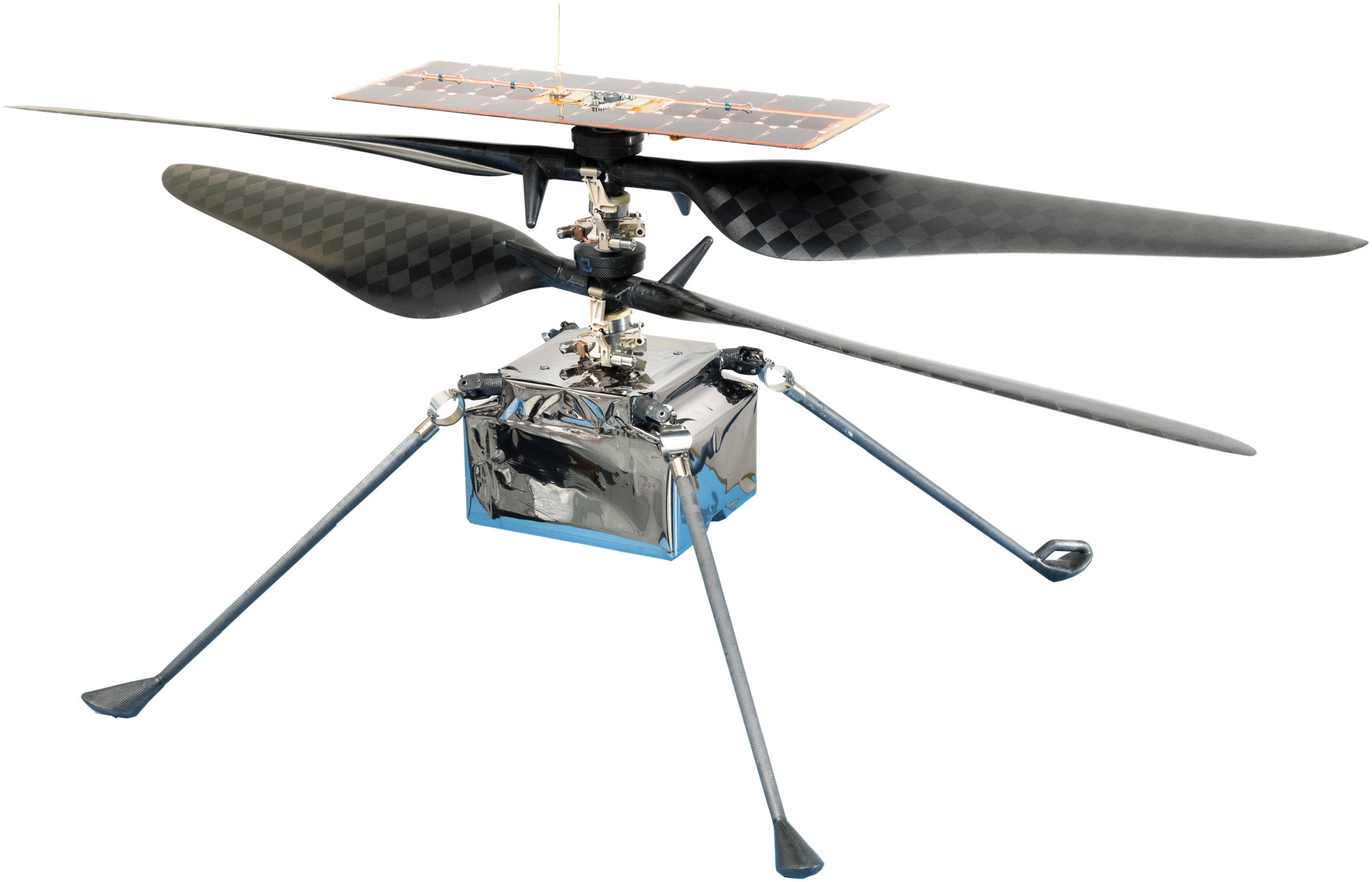
Boldly going forwards: What's next for NASA and Nicola?
T: Are there any missions that NASA could potentially develop to probe an understanding to unexplored regions of our Universe?
“The more we see with the James Webb Telescope, the more I want to see. With those images, you just think, my God, our entire solar system is like a tiny pixel in what I’m looking at in this image; and so, wanting to know more about other stellar systems and how those work is something I’m really excited in continuing to do.
“Continuing to explore space outside our solar system – we have the two Voyagers that are outside the heliosphere (influence of the Sun), and they’re in interstellar space. They’re 45 years old, they’re not designed to do that type of science on what protects us from interstellar space. The idea that of designing and sending a mission that would travel fast into interstellar space, and really tell us what is out there, when we say we are protected by our sun and the heliosphere from interstellar space – what are we really protected from – what else is out there?
“I also think the poles of the Sun. That’s going to be a real key to understanding how a star works, Solar Orbiter is going out of the ecliptic plane so they can look down into the poles of the sun. Like Ulysses – which will be closer to the Sun, with images – so we can take in-situ data and investigate how the Sun is changing with the solar cycle and look at the polar regions of the Sun. Looking at the poles of Jupiter was transformational, with the Juno mission, alongside Cassini with Saturn-all these close up and insitu experiments will be invaluable in understanding how our sun works.
“If you’re going to pick a planet, I’d really like to look at Neptune – much more. If you see those images of James Webb from Neptune, I was actually teary when they showed that image at the International Astronautical Congress in Paris. When you see these worlds so far away, naturally you want to know more about them – so I’d pick Neptune.”
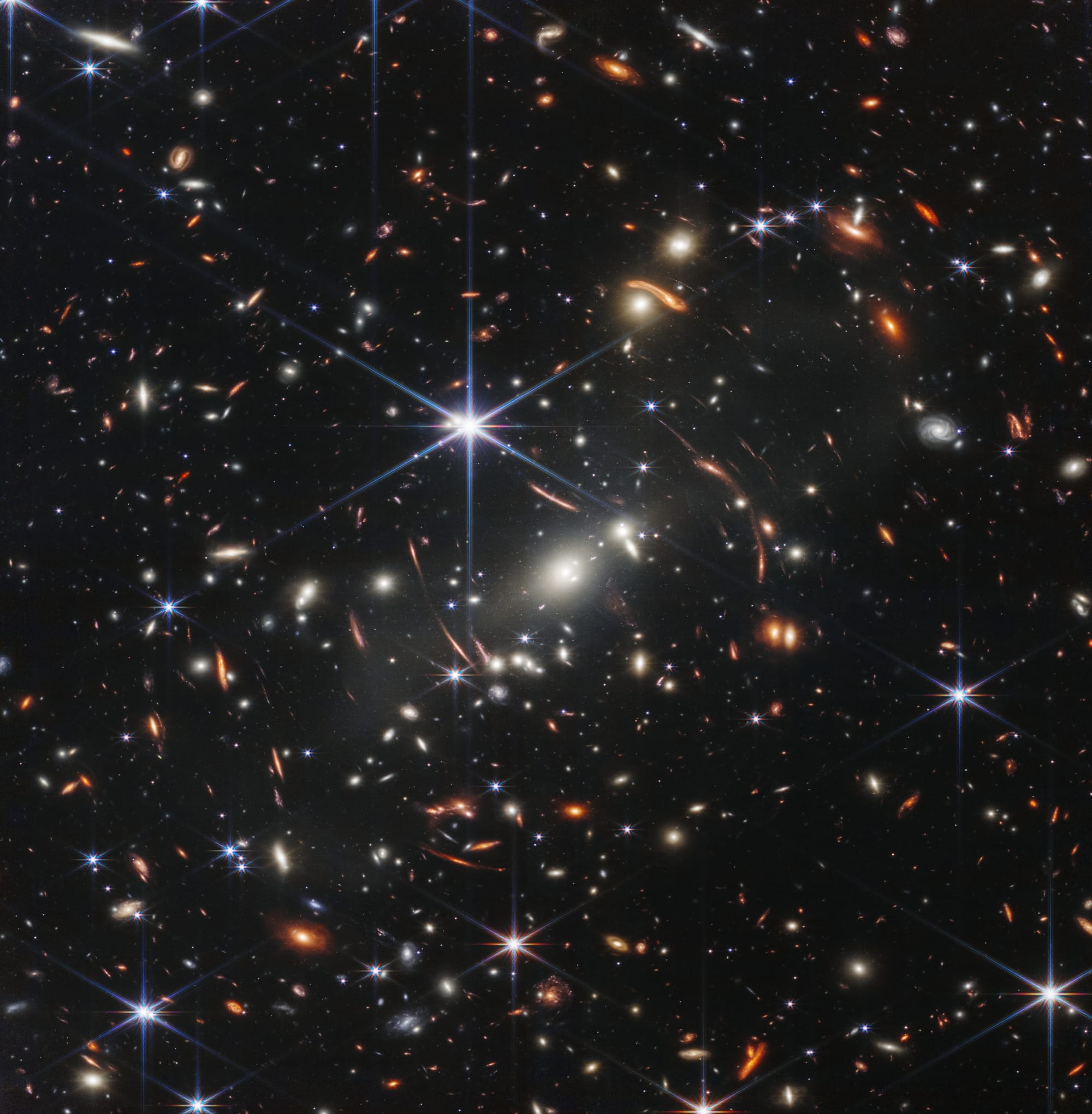
T : How do you expect to see NASA change in the next 40 years – around 100 years on from the 1960s and the space race – in terms of management, international collaboration, and missions, as well as funding?
“I certainly see us embracing more of the relationships with industrial and commercial partners. I think it’s great to see so many new players in the space industry, it opens us up with the possibilities of doing more. With the Artemis generation, returning to the Moon, having a sustained presence on the moon, then onto Mars; we have really amazing goals – but it’s something one group can do, it takes a huge effort. I see us growing in our partnerships to enable us to do more science at NASA.”
T: And finally, what would your advice be to someone like us, doing their undergrad about working with NASA, or even abroad?
“I’ll say, if you ever get the opportunity to work abroad – take it – because the experience is amazing. Working at NASA – there are lots of opportunities, there’s the NASA postdoc programme (what I did) which is open to non-US students. A lot of universities here do a lot for NASA, much like Imperial, who are building instruments and supporting NASA. Even if you don’t work for the agency, it’s so easy to work in or around NASA. Certainly, in order to get these opportunities, if you get the chance to go to a big international conference, take it, and always give a presentation. Be enthusiastic, and you may meet your next employer standing in front of your poster. Take your opportunities and really enjoy it!”

